The goal of the project is to develop an IoT system with CC3200MOD or CC3200 development board. Created for the Internet of Things (IoT), the SimpleLink CC3200 Internet-on-a-chip solution is a wireless MCU that integrates a high-performance ARM Cortex-M4 MCU allowing the development of entire application with a single IC.
The following video is a basic demo of CC3200 as a HTTP server.

What I am planning on doing at this point is to make modifications to the original code to monitor and control electronic devices that will be attached to the board. I am planning on adding analog interface. This chip can run HTTP server which makes it possible to run cloud applications. I will be updating my design files as I go. At this point it is not much of a project. The example I am currently running can be found at:
In this example CC3200 runs Exosite website, it allows remotely see data, interact with devices, and build dashboards / alerts. The Exosite free account in the ti.exosite.com domain is provided by TI and Exosite for evaluation purposes. There are no time limits, you can choose to use it as long as you want (quote from the above webpage). The following 3 images show my phone connected to the dev board with CC3200 WiFi as an Access Point. CC3200 is in server mode and it runs mysimplelink.net webpage.
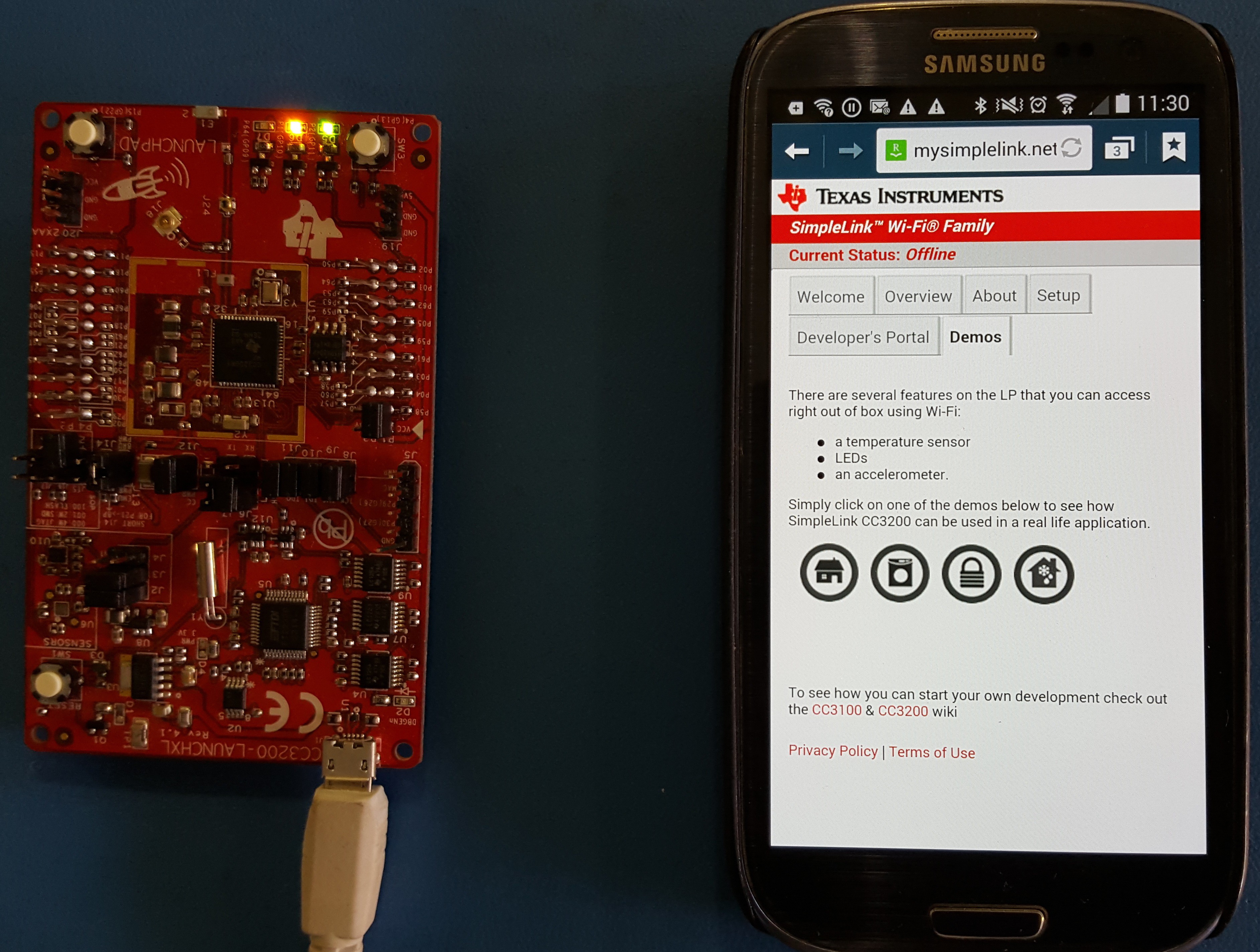
The following 2 images show RED LED On and Off with the web page switch.
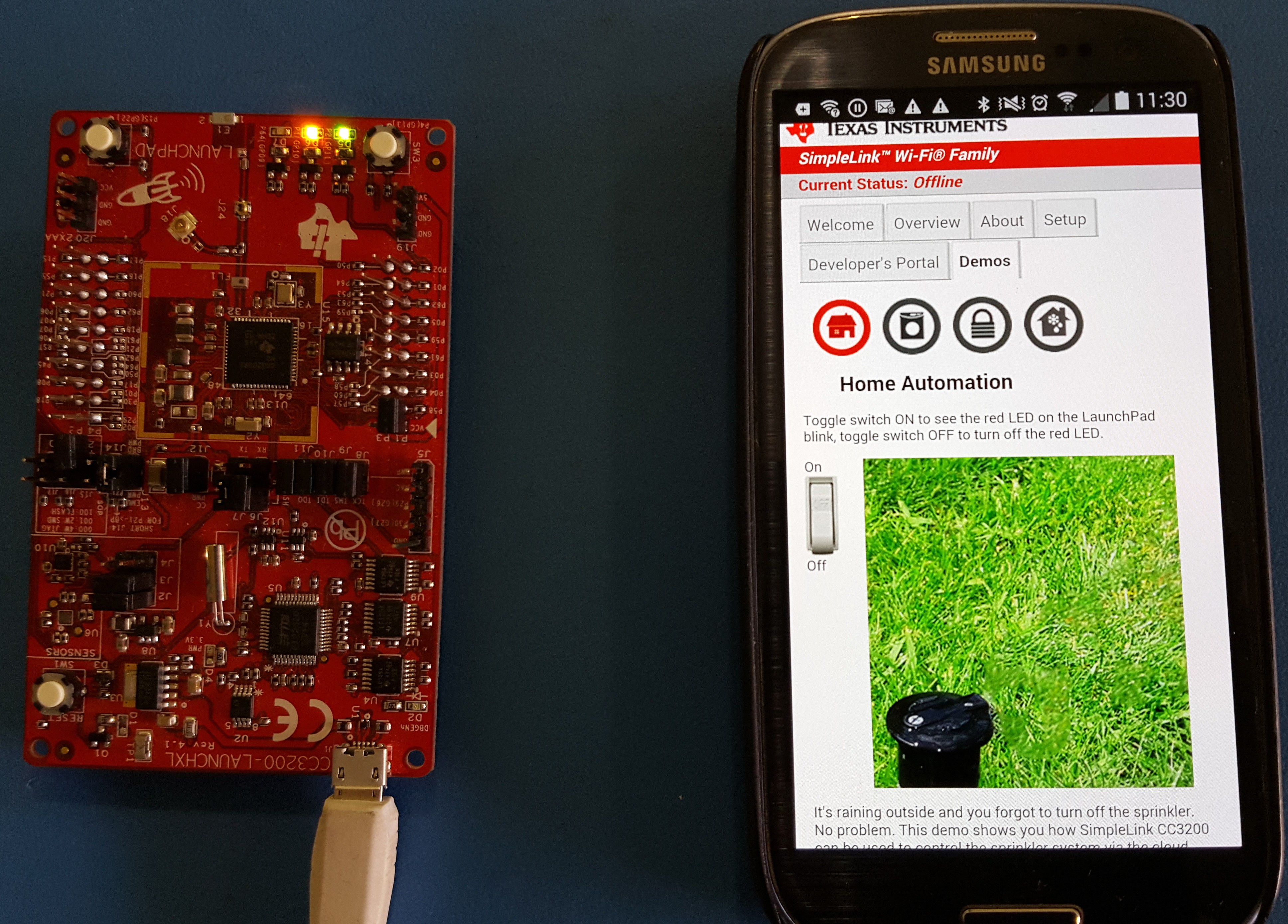
RED LED is OFF
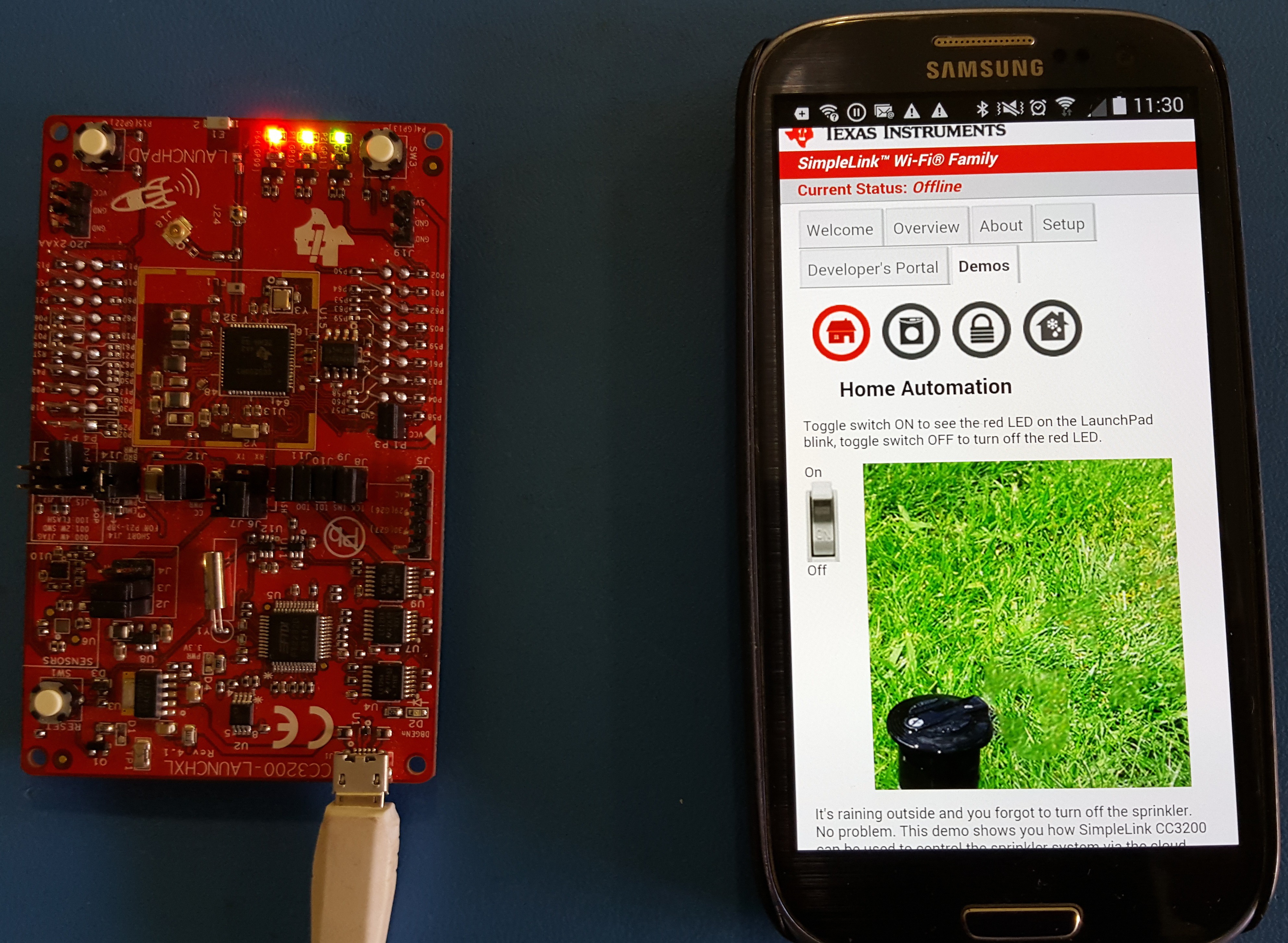
RED LED is ON
All the magic of switching ON and OFF the RED LED happens inside the SL_NETAPP_HTTPPOSTTOKENVALUE_EVENT server event. This event is part of
void SimpleLinkHttpServerCallback( *pSlHttpServerEvent, *pSlHttpServerResponse){
...
}
function.
case SL_NETAPP_HTTPPOSTTOKENVALUE_EVENT:
{
unsigned char led;
unsigned char *ptr = pSlHttpServerEvent->EventData.httpPostData.token_name.data;
//g_ucLEDStatus = 0;
if(memcmp(ptr, POST_token, strlen((const char *)POST_token)) == 0)
{
ptr = pSlHttpServerEvent->EventData.httpPostData.token_value.data;
if(memcmp(ptr, "LED", 3) != 0)
break;
ptr += 3;
led = *ptr;
ptr += 2;
if(led == '1')
{
if(memcmp(ptr, "ON", 2) == 0)
{
GPIO_IF_LedOn(MCU_RED_LED_GPIO);
g_ucLEDStatus = LED_ON;
}
else if(memcmp(ptr, "Blink", 5) == 0)
{
GPIO_IF_LedOn(MCU_RED_LED_GPIO);
g_ucLEDStatus = LED_BLINK;
}
else
{
GPIO_IF_LedOff(MCU_RED_LED_GPIO);
g_ucLEDStatus = LED_OFF;
}
}
else if(led == '2')
{
if(memcmp(ptr, "ON", 2) == 0)
{
GPIO_IF_LedOn(MCU_ORANGE_LED_GPIO);
}
else if(memcmp(ptr, "Blink", 5) == 0)
{
GPIO_IF_LedOn(MCU_ORANGE_LED_GPIO);
g_ucLEDStatus = 1;
}
else
{
GPIO_IF_LedOff(MCU_ORANGE_LED_GPIO);
}
}
}
}
break;Web page “demos-sprinkler.html” and “page-actions.js” invoke the “$.post” method: $.post("No_content", {"__SL_P_ULD": params});
The “$.post” method controls the onboard RED LED. The following are two code excerpts from “demos-sprinkler.html” and “page-actions.js”
//demos-sprinkler.html
if (switchBtn.hasClass('on')) {
switchBtn.removeClass('on');
com.TI.toggleLED('_OFF'); // Turn off the LED
spriklerRunning = false;
sprinkler.attr('src',"images/demo-sprinkler-off.jpg");
imageOn = false;
} else {
switchBtn.addClass('on');
com.TI.toggleLED('_Blink'); // Turn LED ON
spriklerRunning = true;
imageOn = true;
}
// page-actions.js
com.TI.toggleLED = function(whichOne) { var LEDnum = "1",
params = "LED"+LEDnum;
params += whichOne;
$.post("No_content", {"__SL_P_ULD": params});
};
Web page “demos-sprinkler.html” calls com.TI.toggleLED('_Blink'); function from “page-actions.js”, which enacts $.post("No_content", {"__SL_P_ULD": params}) method.
This $.post method enables RED LED turn on case
else if(memcmp(ptr, "Blink", 5) == 0)
{
GPIO_IF_LedOn(MCU_RED_LED_GPIO); // Turn On LED
g_ucLEDStatus = LED_BLINK;
}
else
{
GPIO_IF_LedOff(MCU_RED_LED_GPIO);
g_ucLEDStatus = LED_OFF;
}
in the
void SimpleLinkHttpServerCallback(SlHttpServerEvent_t *pSlHttpServerEvent,...
Read more »
 Roman
Roman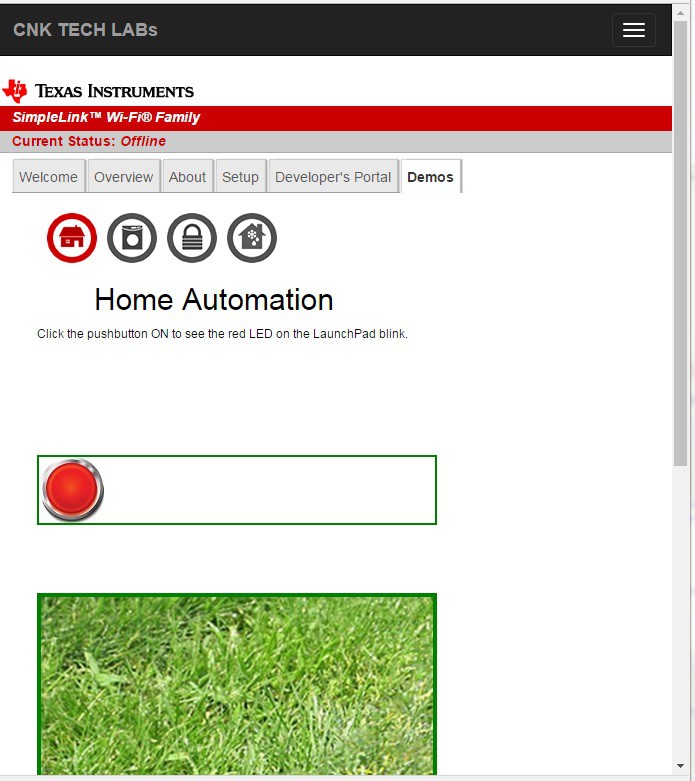
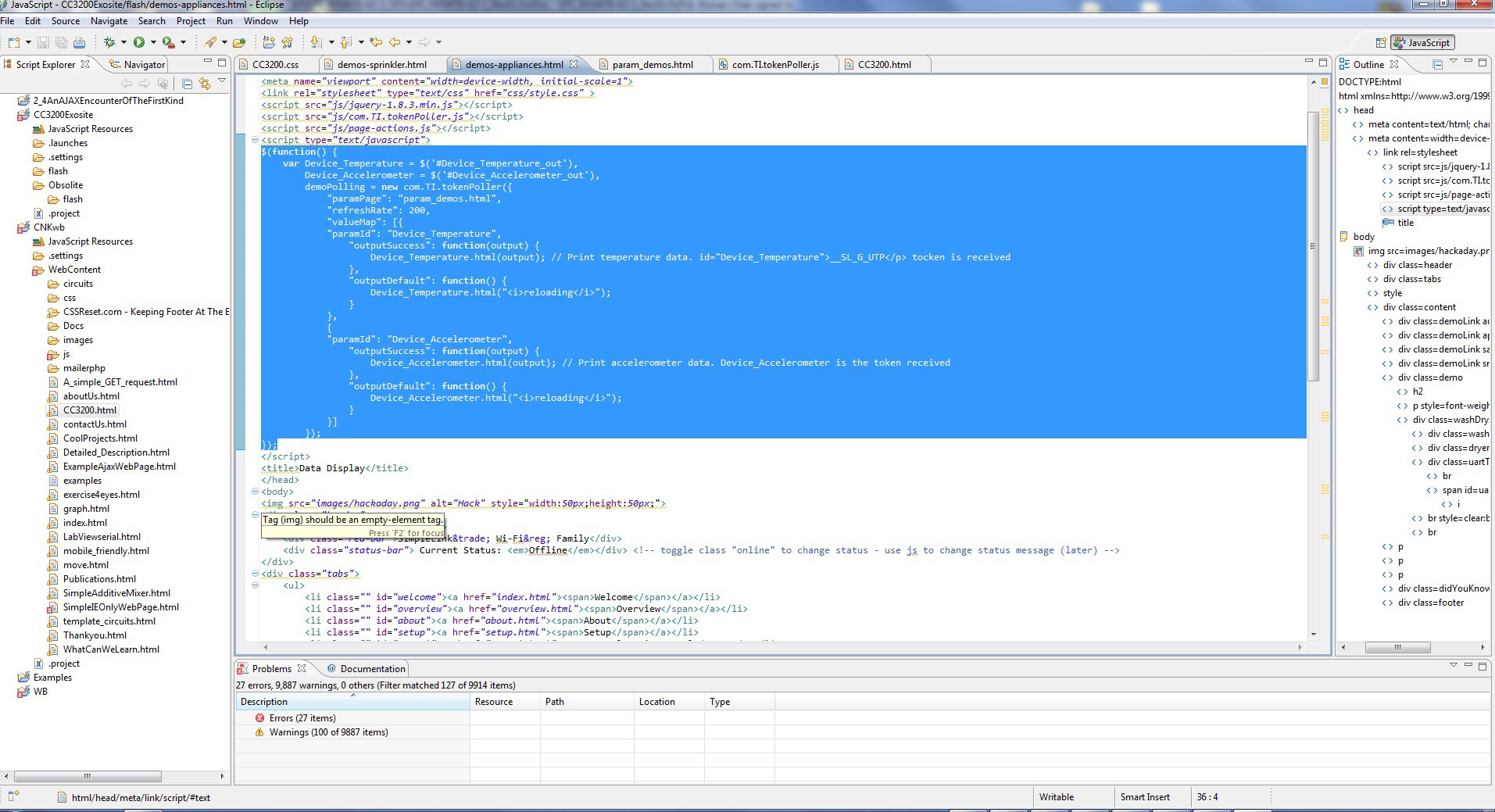
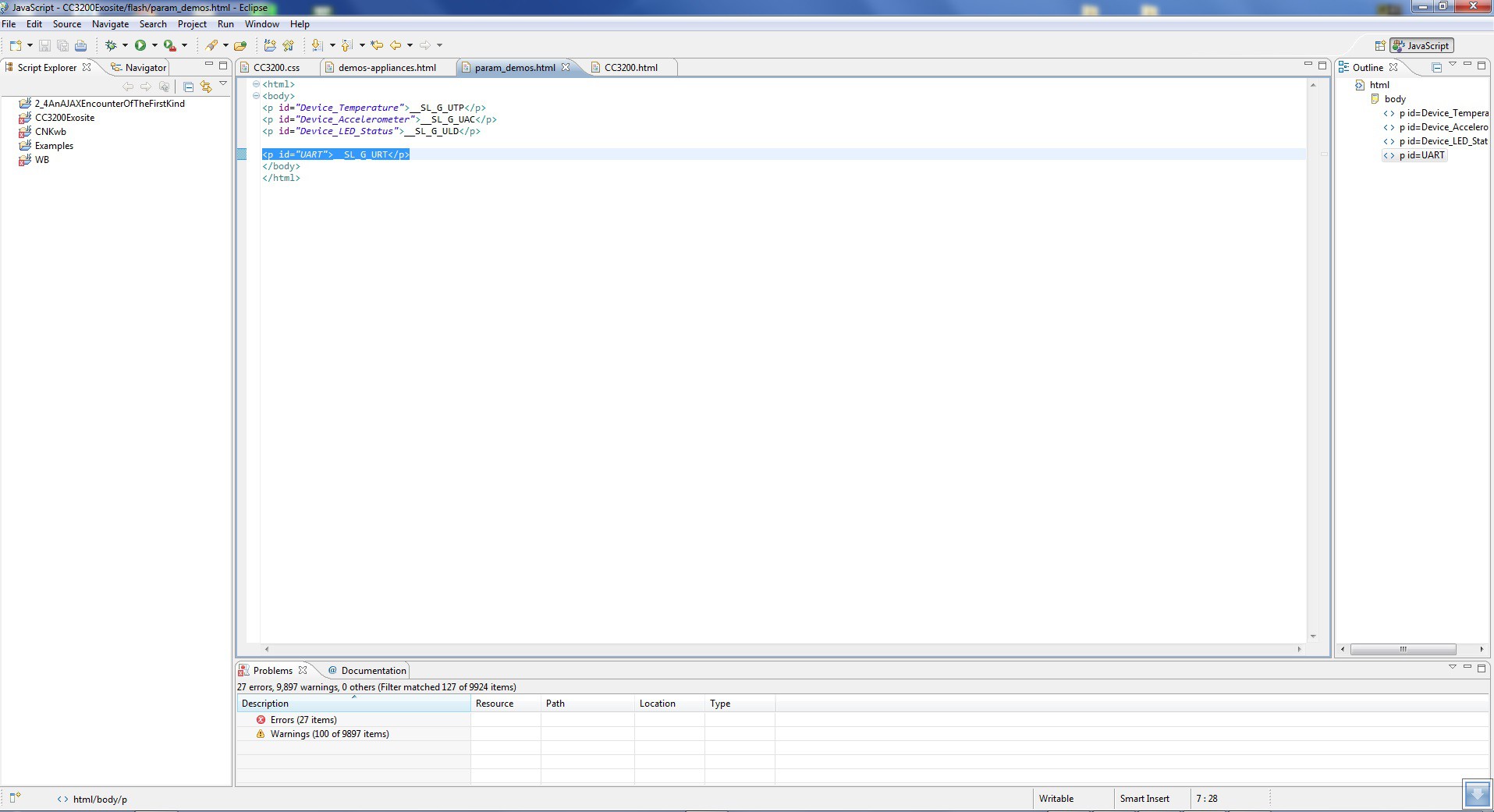
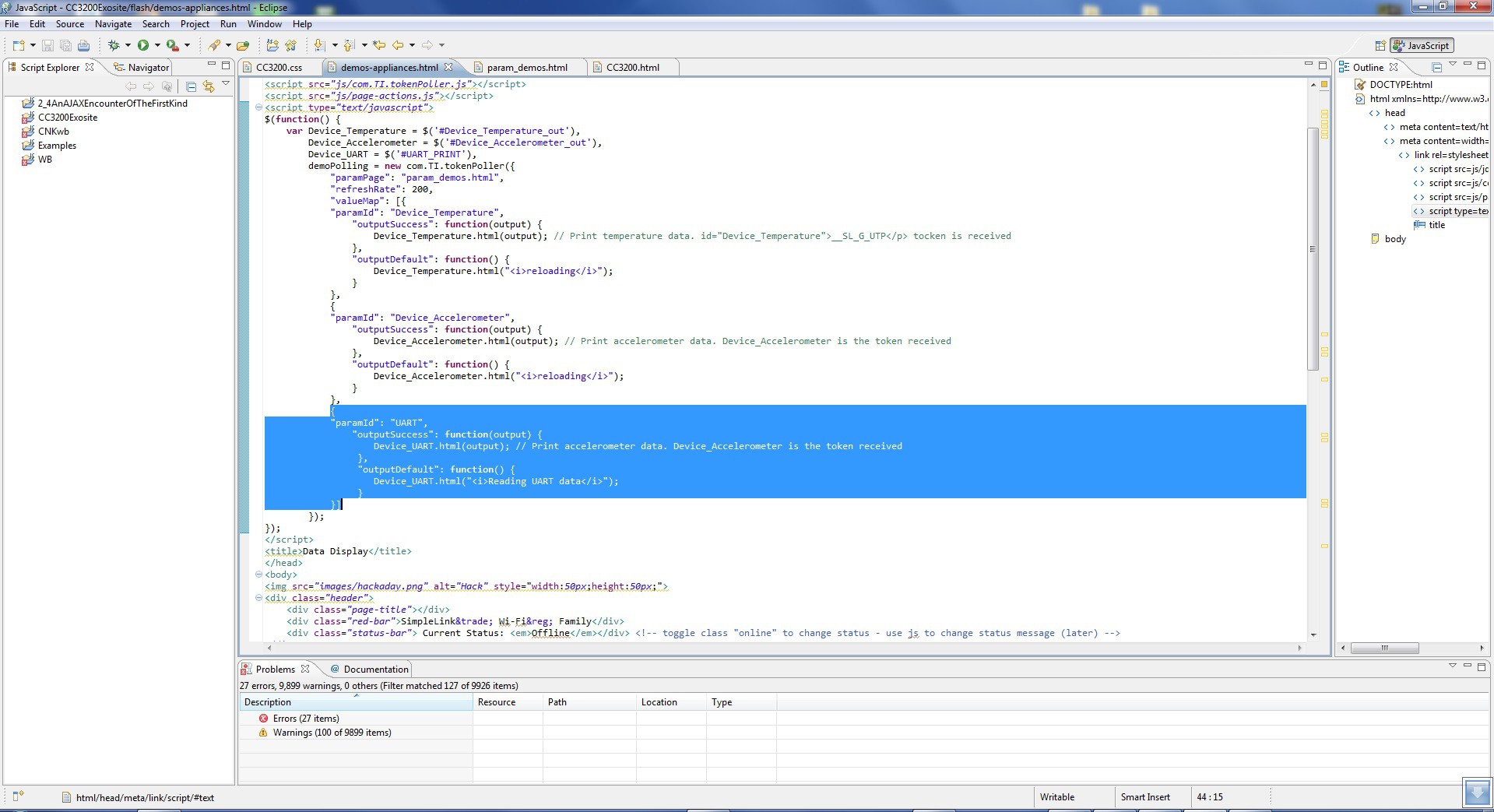
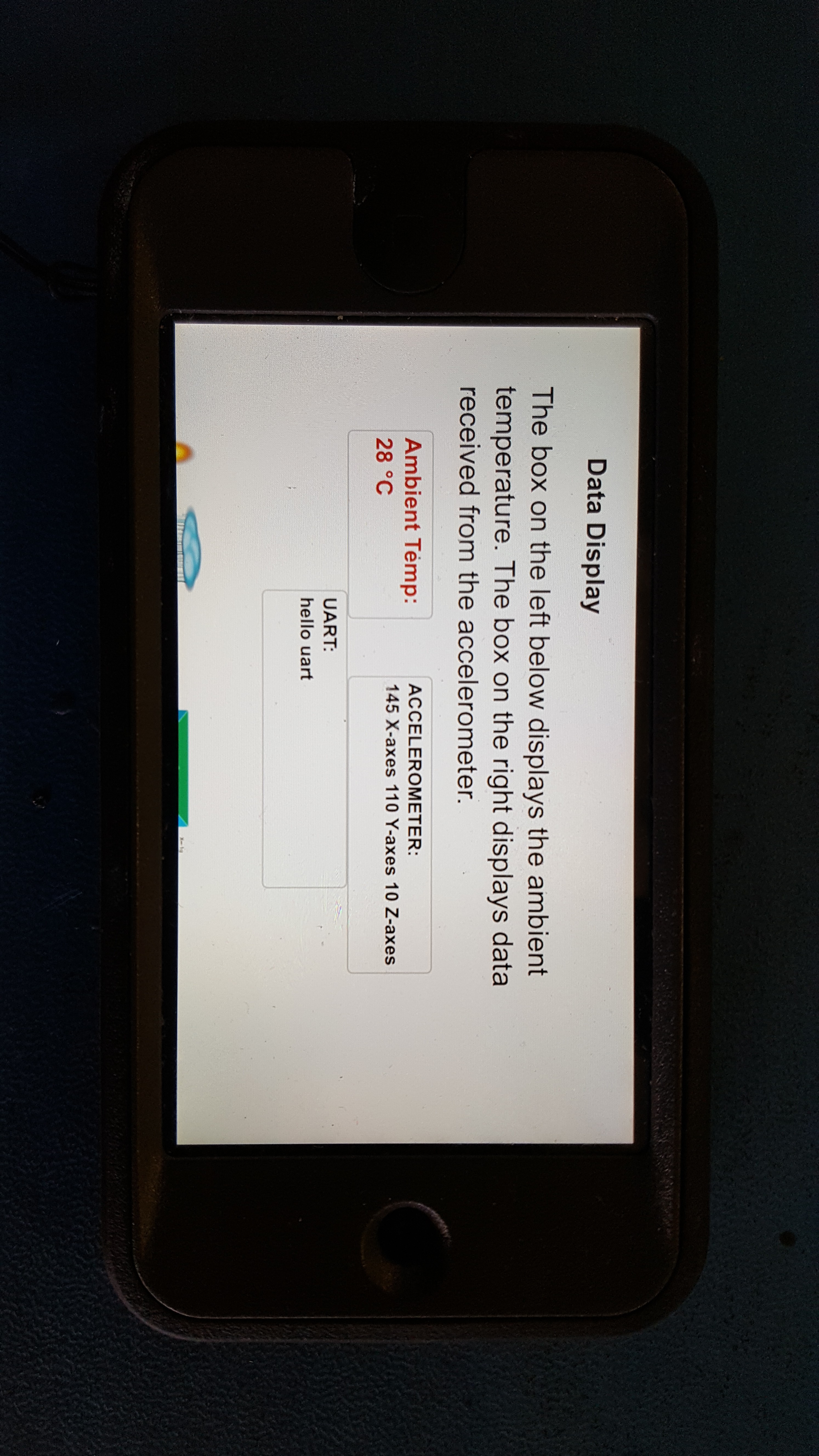
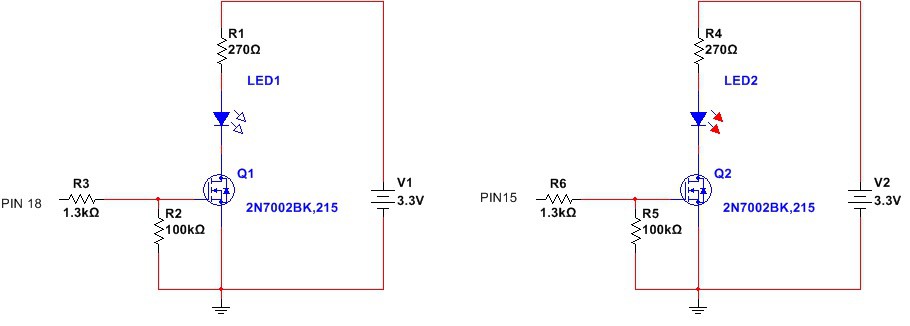
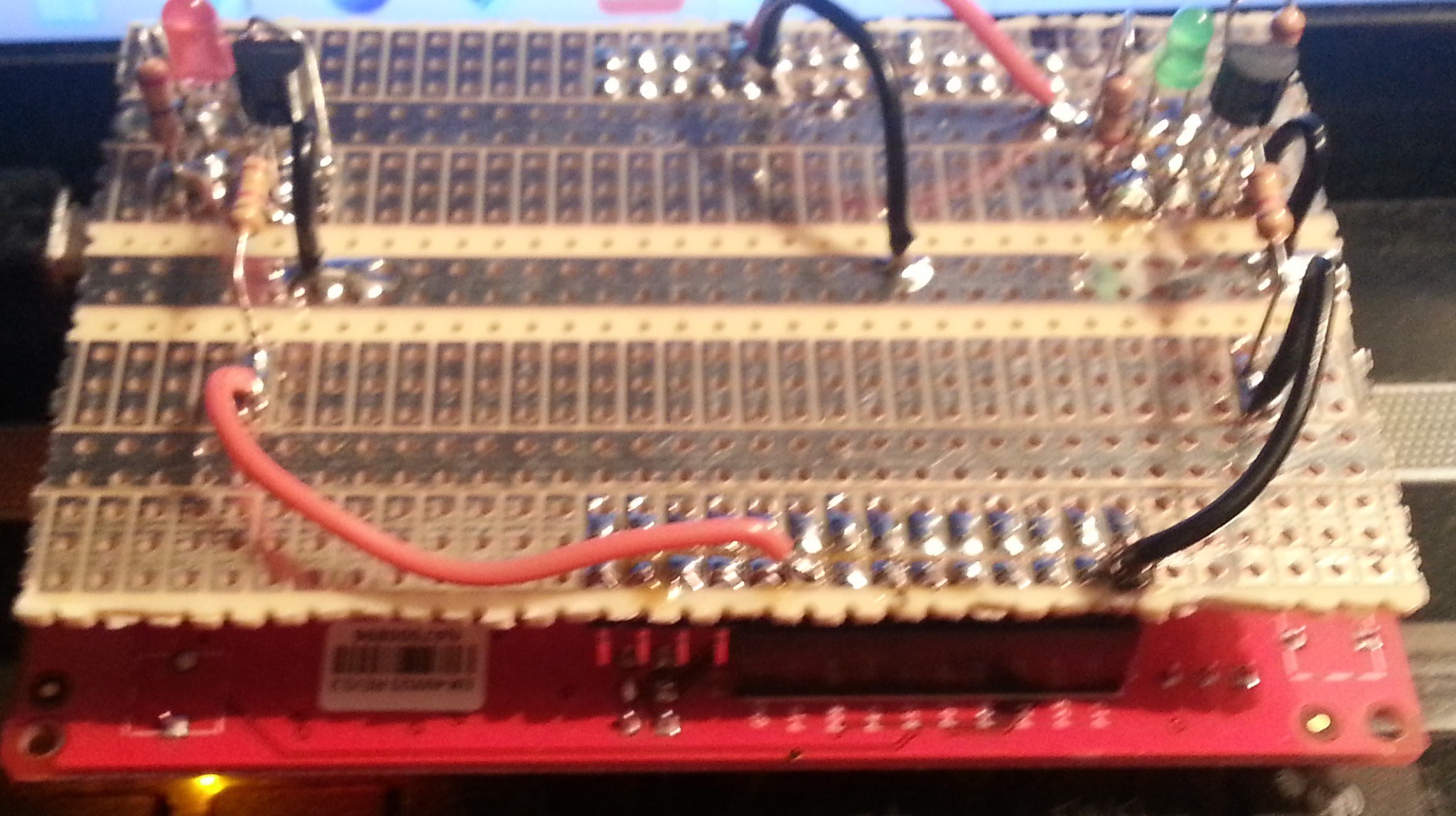
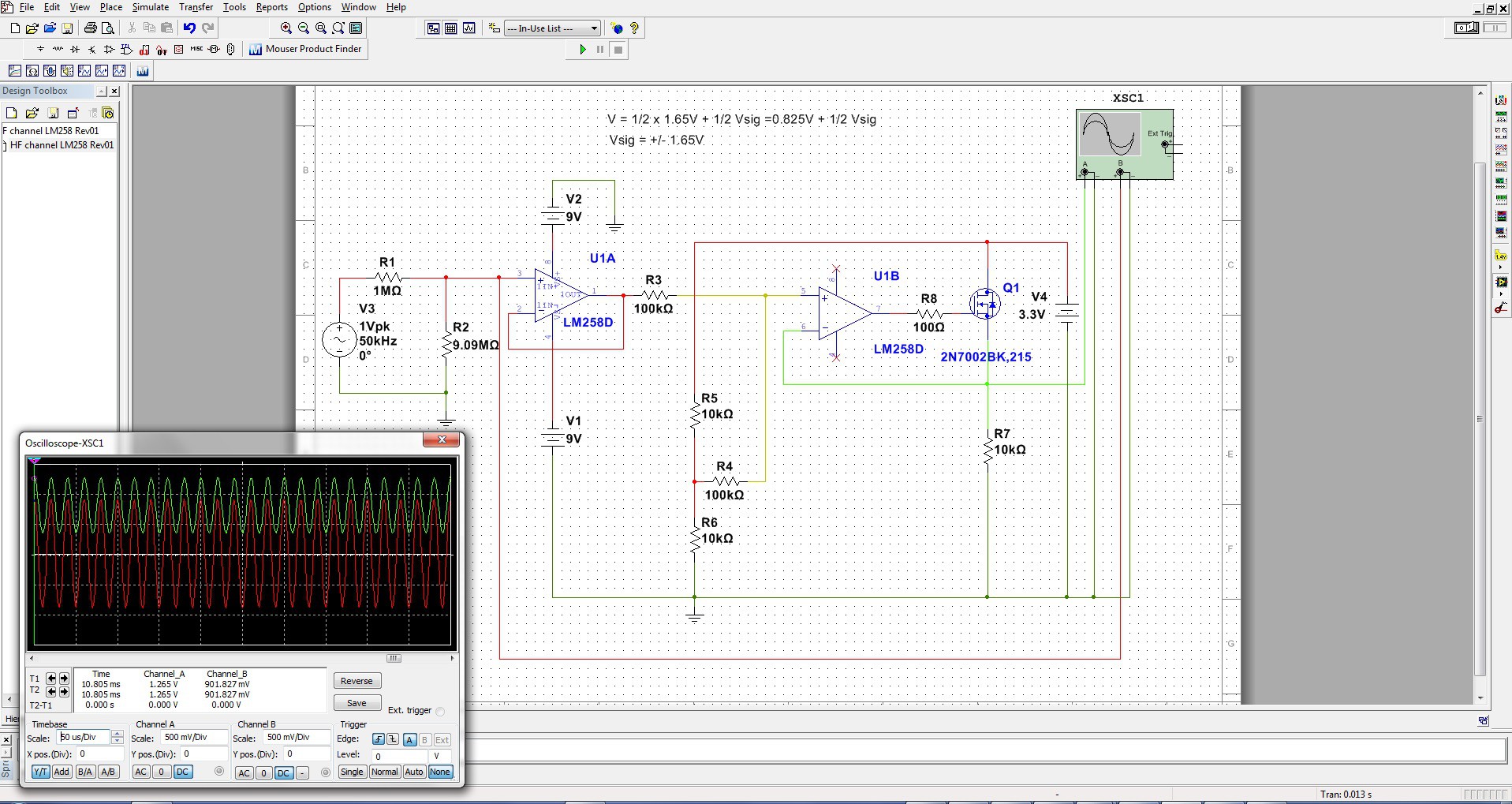
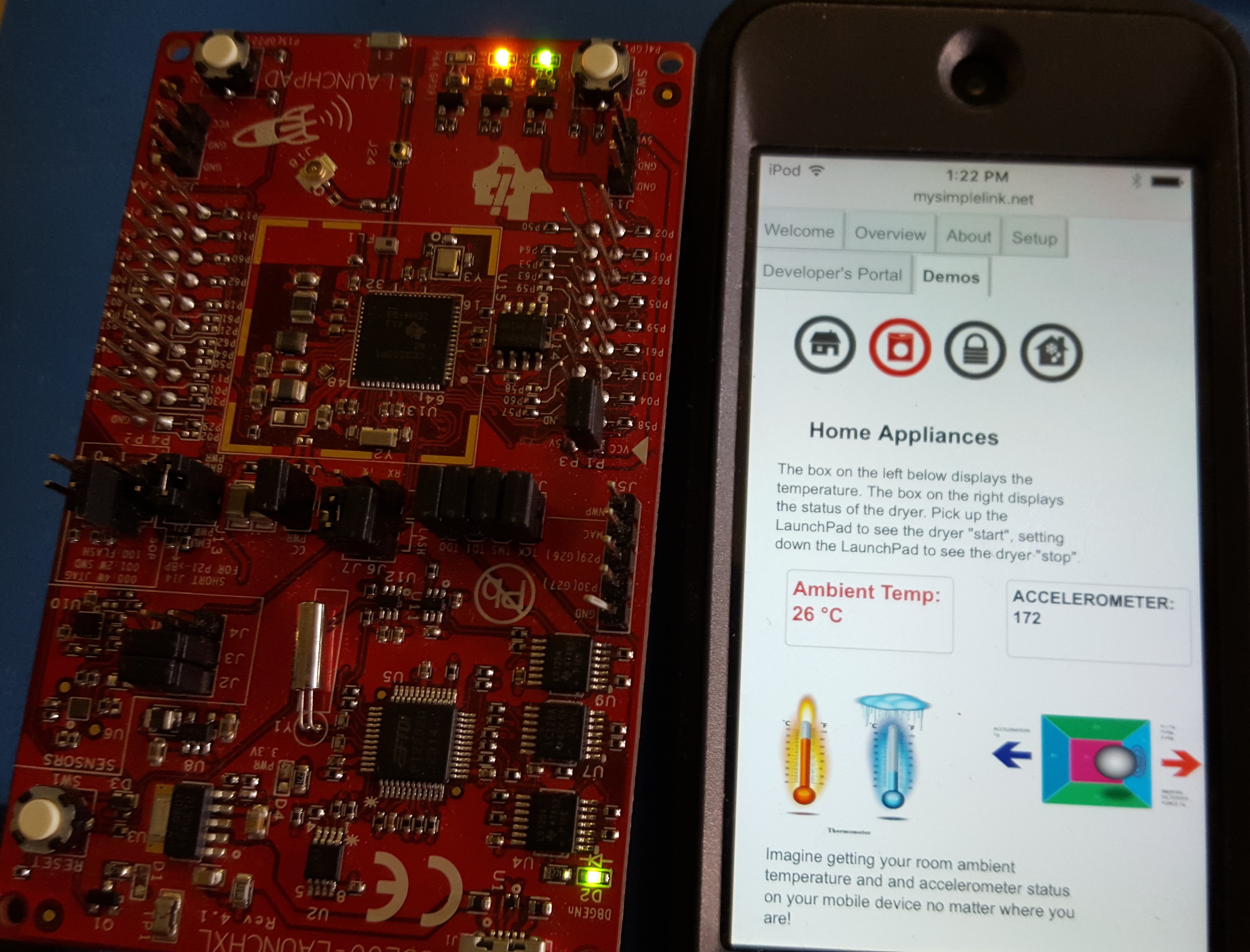
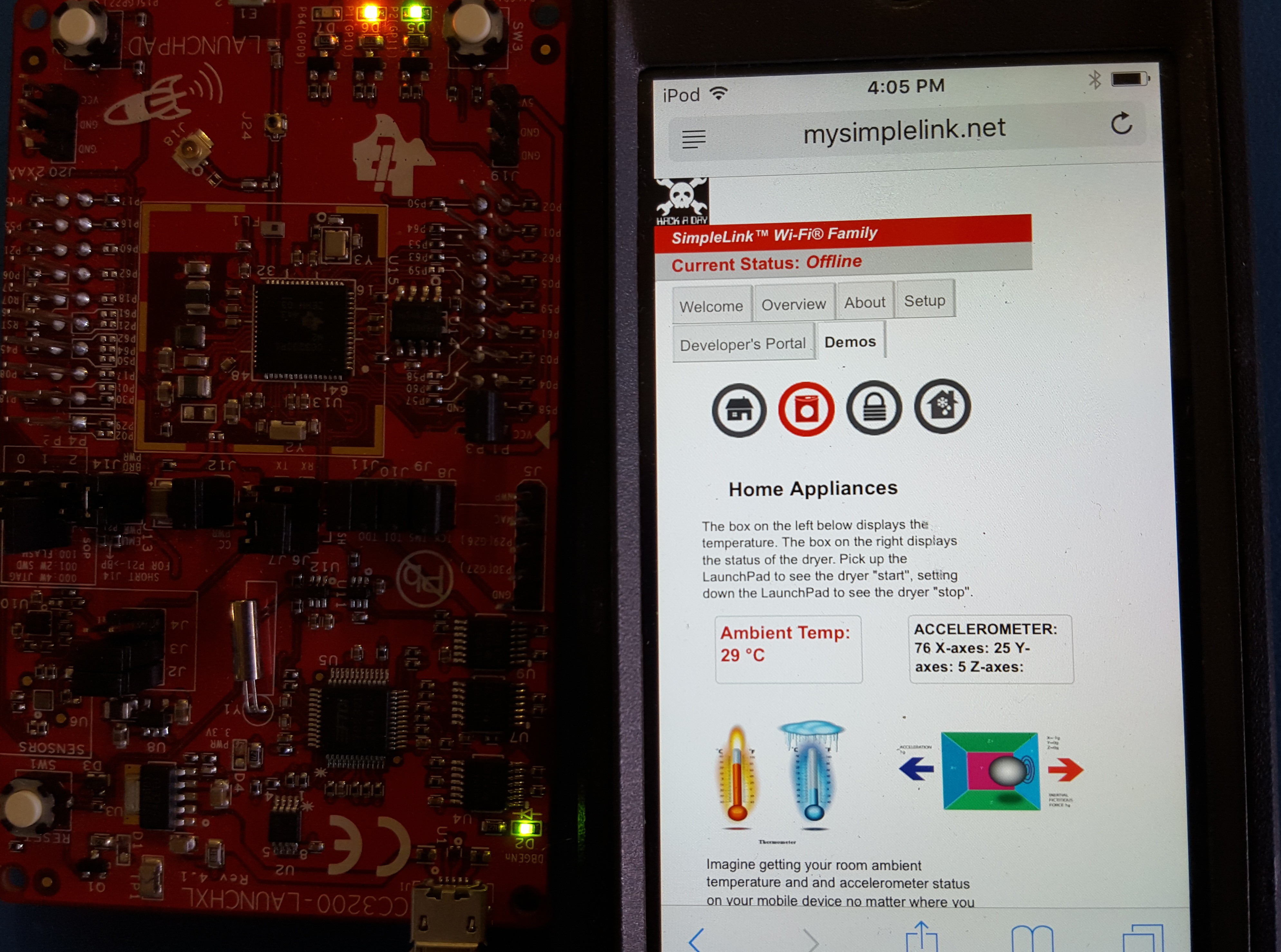
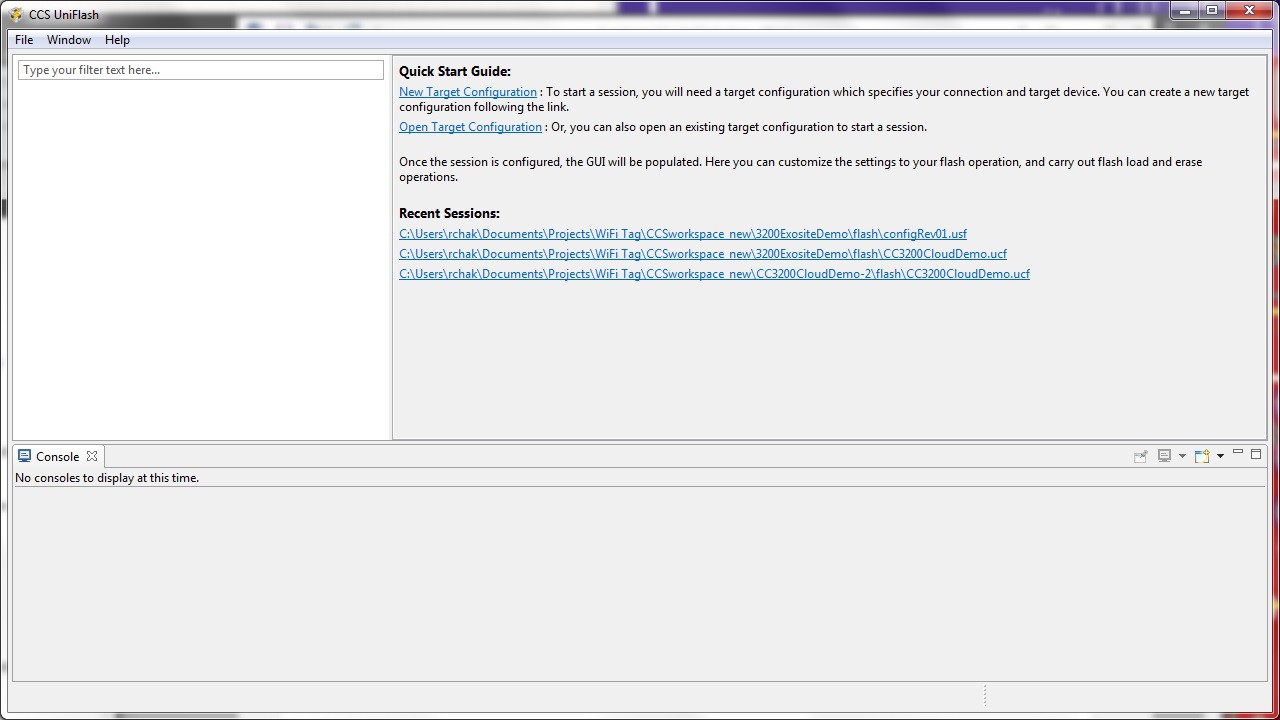
 The configuration file name for my Exosite is configRev01.usf.
It has additional images I placed on the site, for example mad.png.
The configuration file name for my Exosite is configRev01.usf.
It has additional images I placed on the site, for example mad.png.
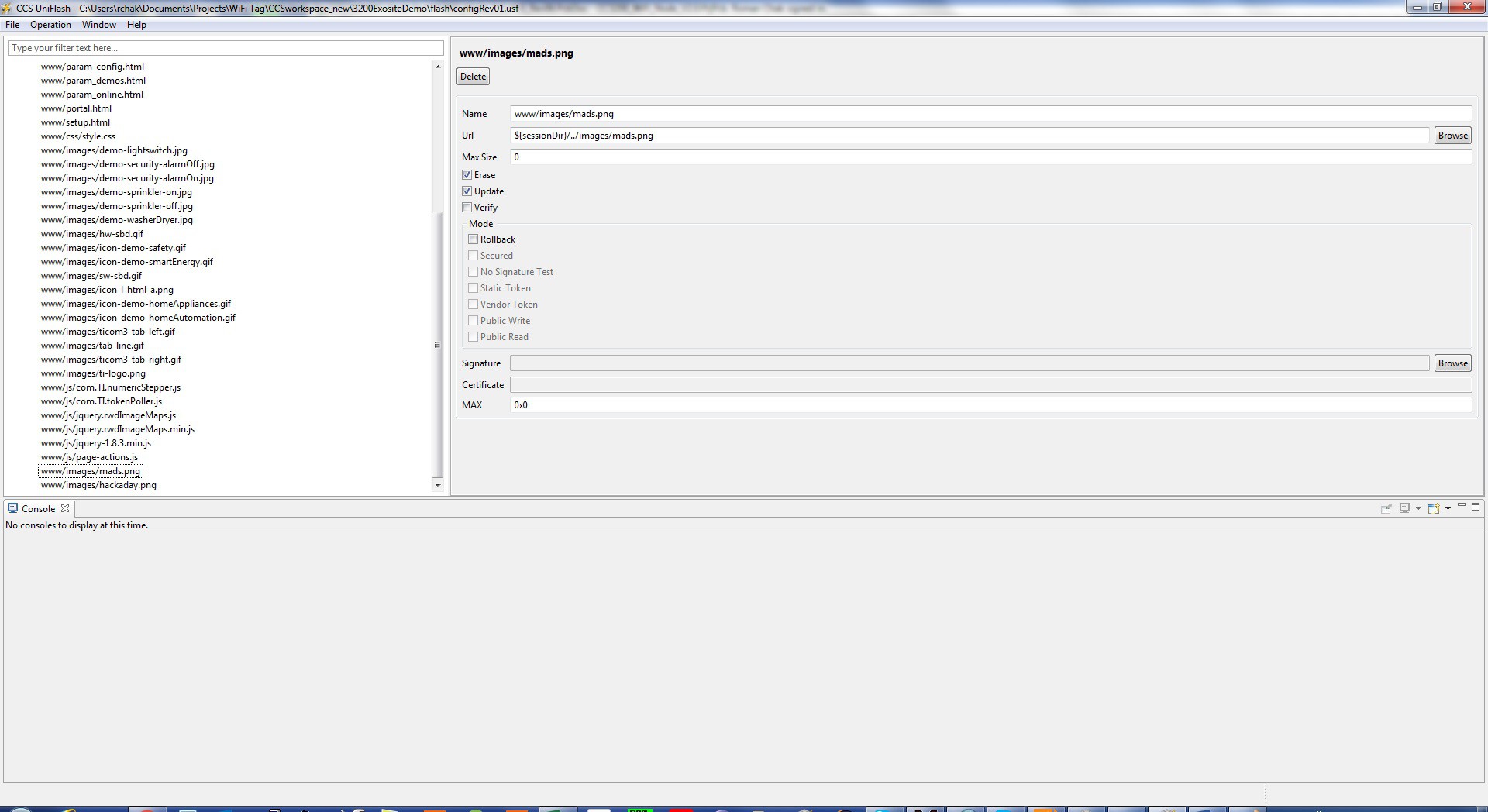 Once configuration is opened click on Operation -> Add
File. You will get a generic file which you will have to replace with your own.
Once configuration is opened click on Operation -> Add
File. You will get a generic file which you will have to replace with your own.
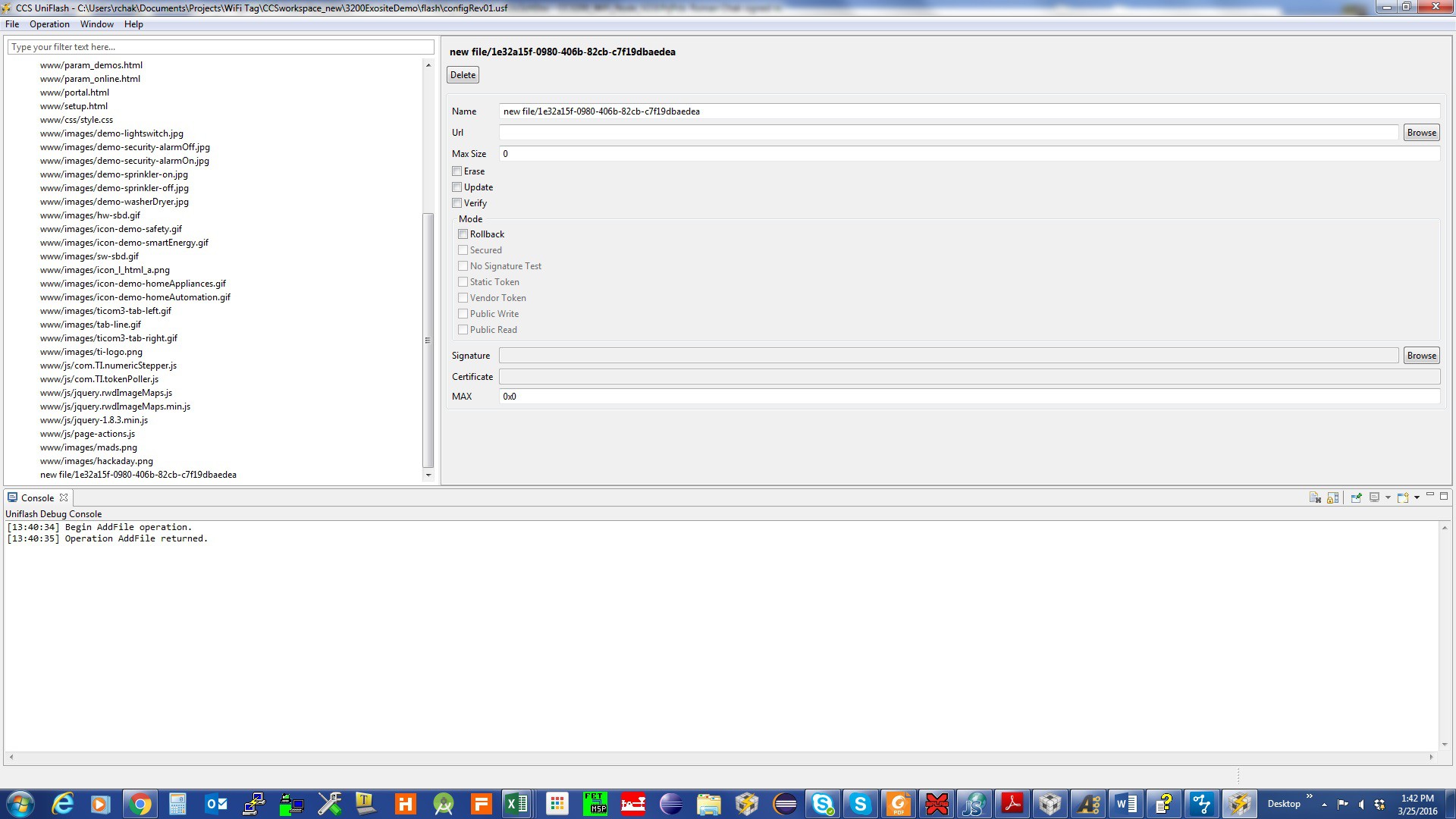 Rename the file and point to a file location.
Rename the file and point to a file location.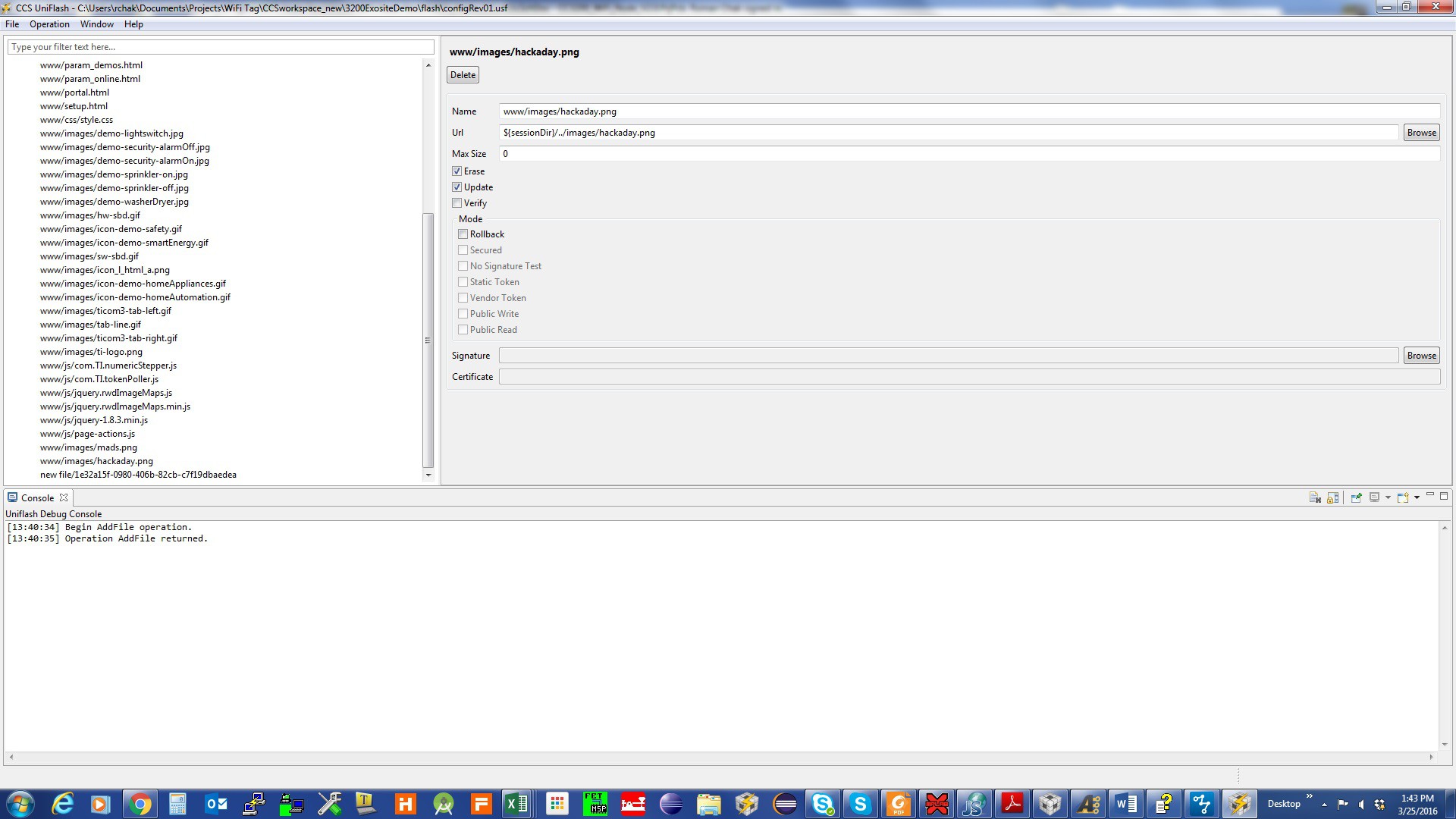
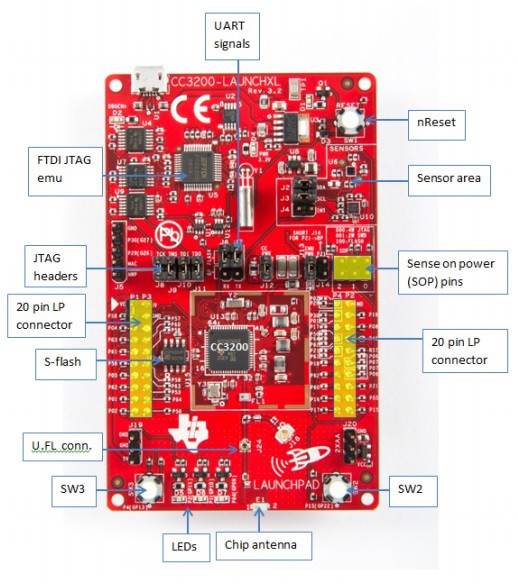
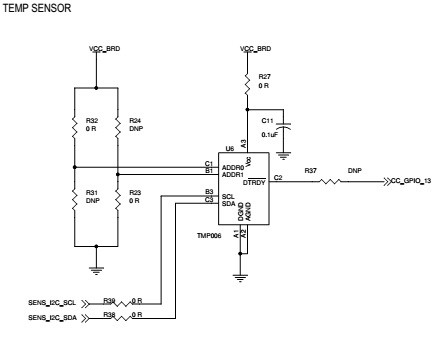
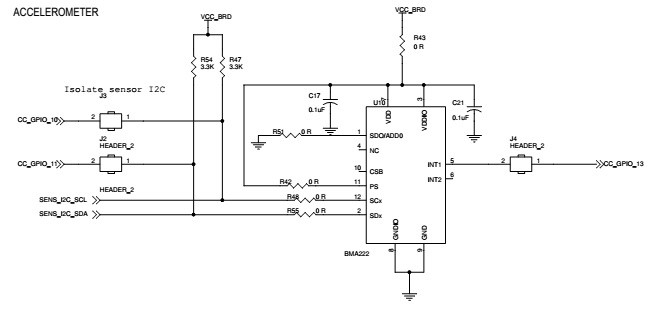
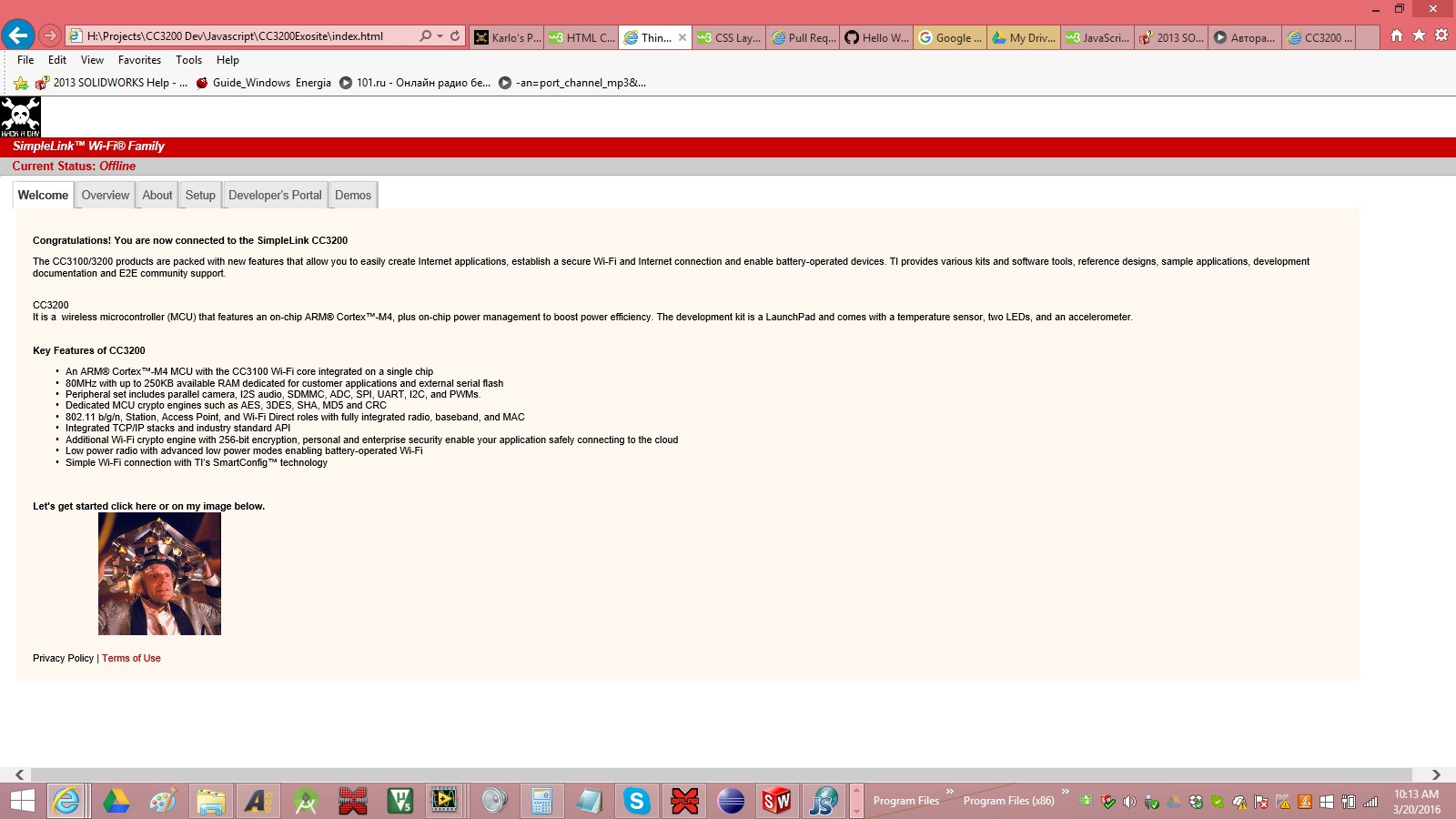 The site is still working, I haven't broken it yet. You can find the site code in zip format
The site is still working, I haven't broken it yet. You can find the site code in zip format 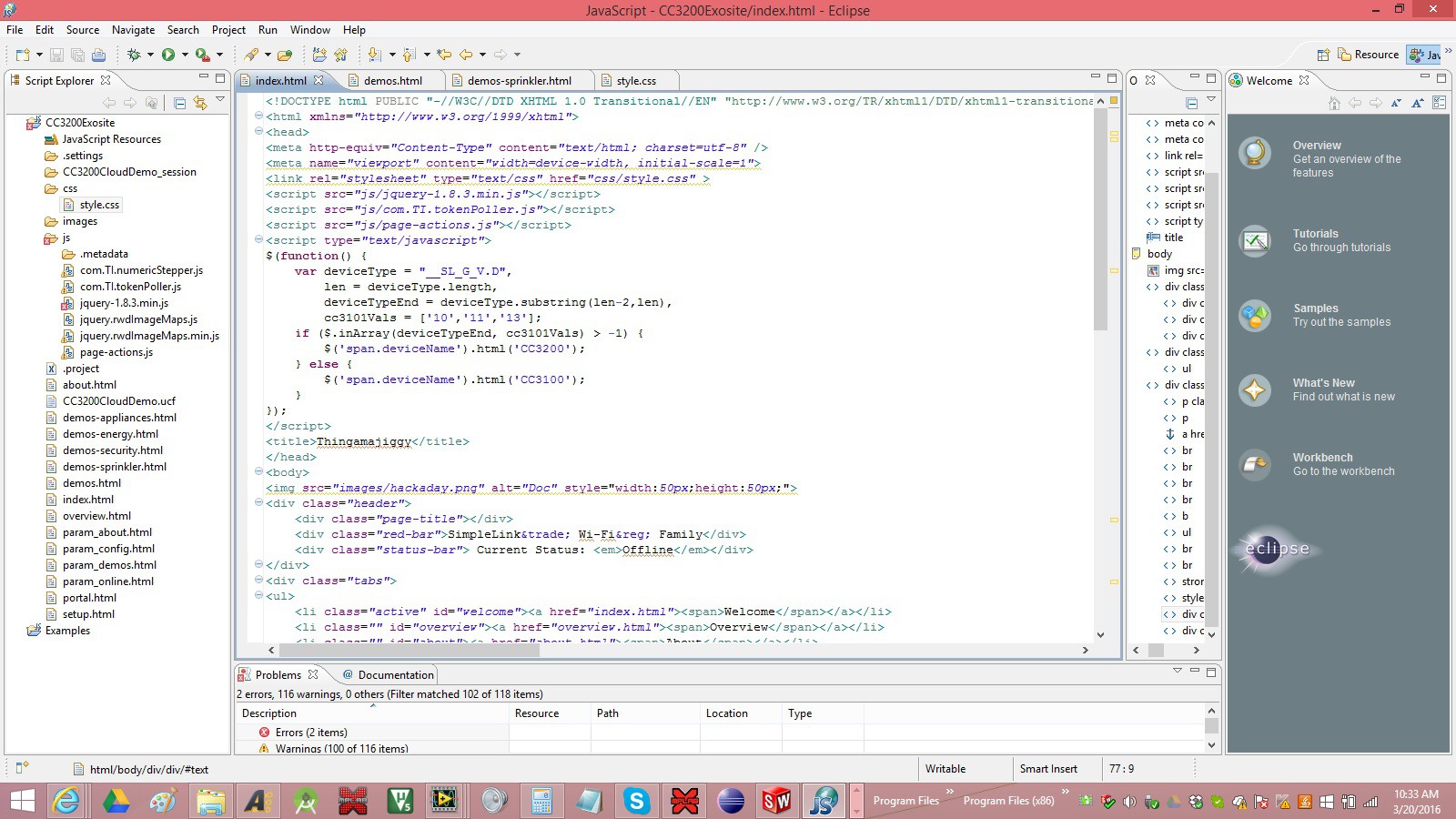

Hi Boris, thank you for your positive comment. I haven't updated my Hackaday page in a while which I should do. I have my own webpage listed above with the same project where I keep all the updates. If I understand right you do not use WiFi for data transmission.